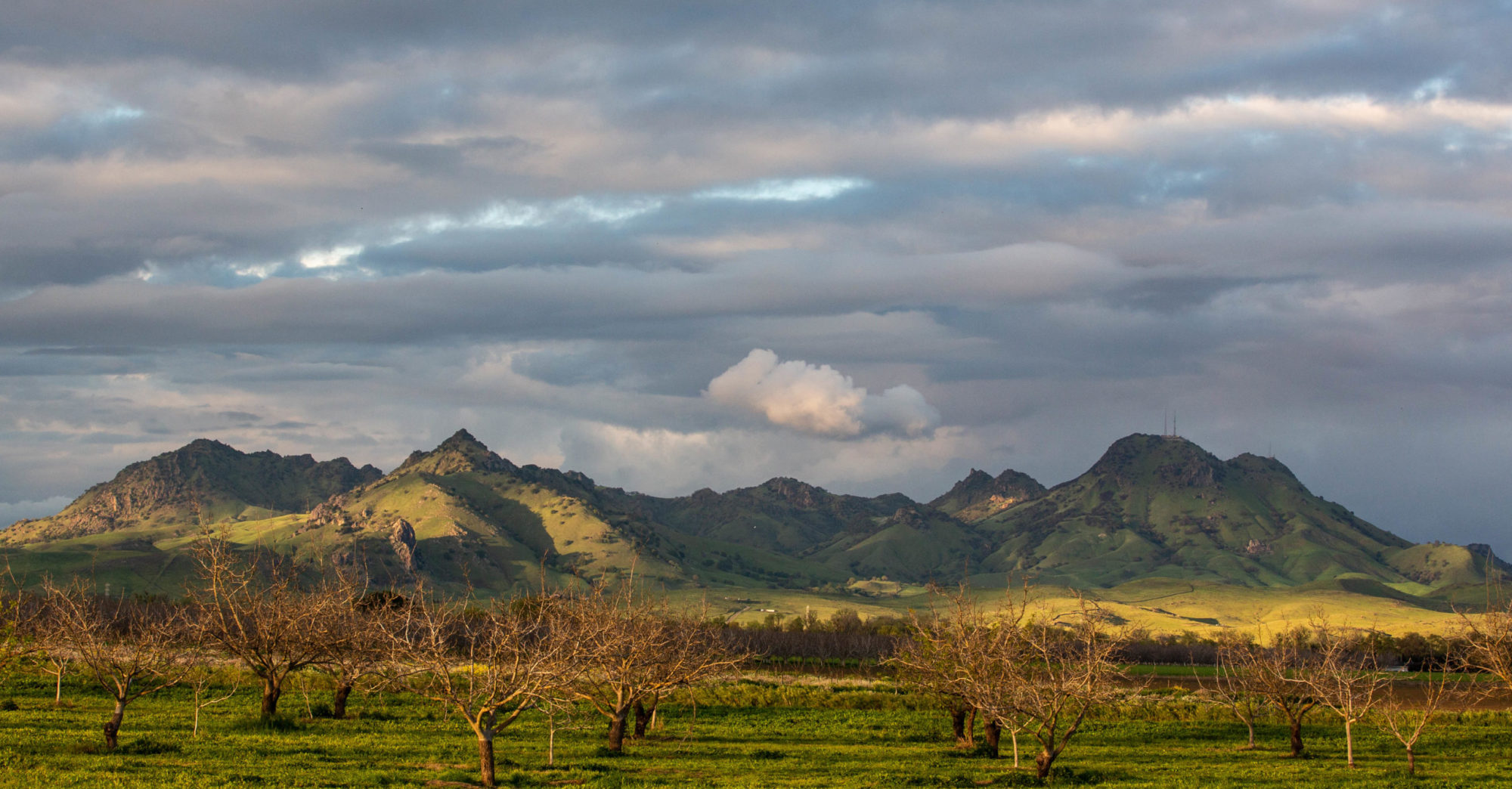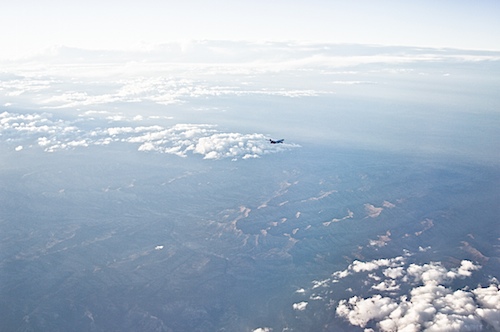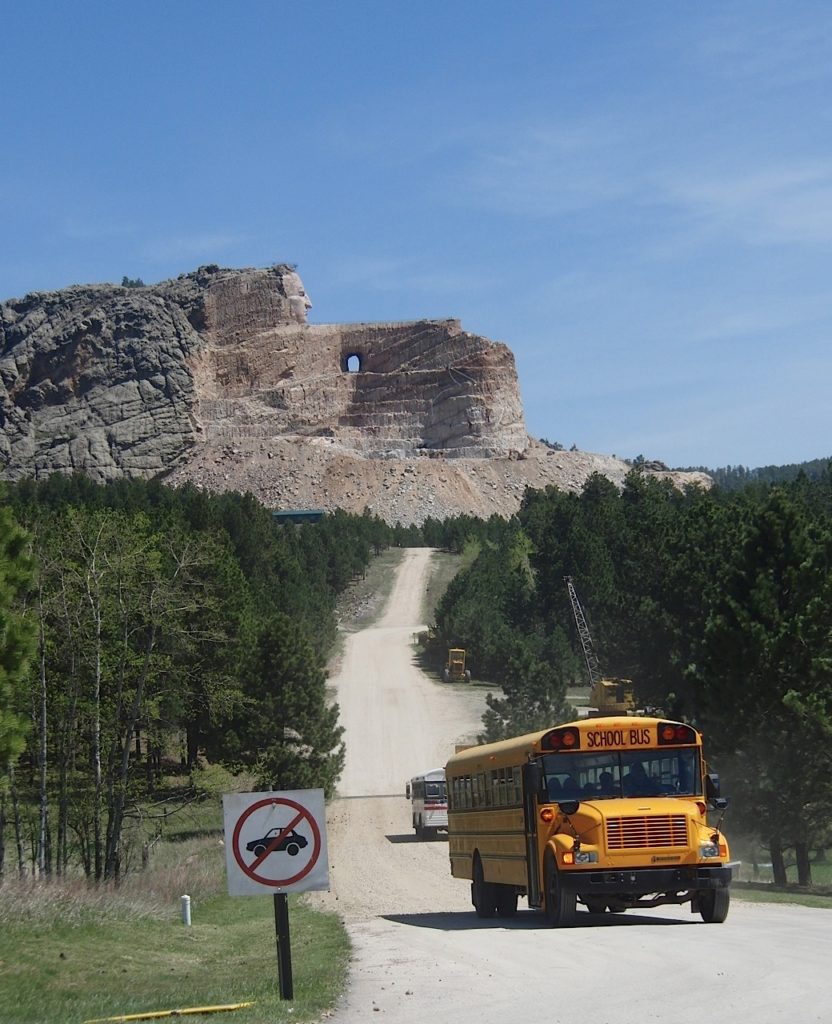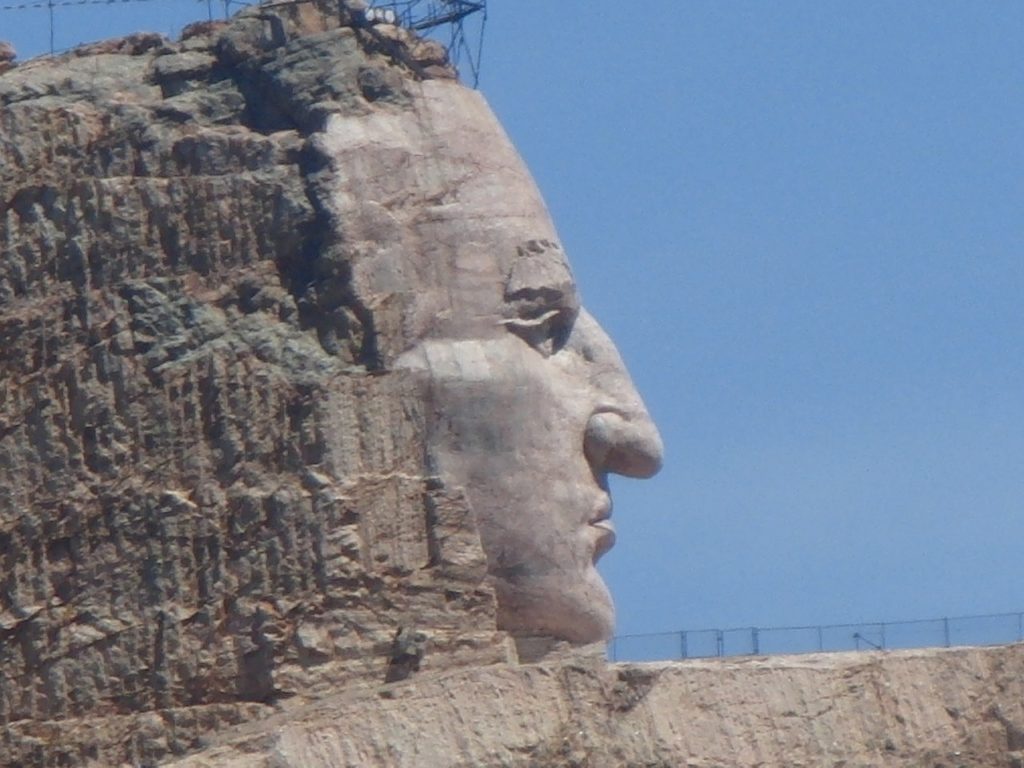I’m trying to do a little project before the year gets too old: publish my dad’s 1930 diary, which his mom forced him to keep when the family traveled out to California, alongside my journal of my first trip out West, including California, in 1973. (When I say “publish,” I’m mostly talking about uploading scans to this here blog.)
Anyway, I started to look at what I was writing 40 years ago as I hitch-hiked down the coast in February from Vancouver. One thing I had kind of forgotten: I’d gotten it into my head that I ought to try to write down notable conversations I had with people along the way. And I see stuff in there now featuring rides and people I honestly don’t recall. There’s a good example near the beginning of my trip.
On January 31, I took the ferry from Vancouver to Victoria to Port Angeles, Washington. On February 1, I headed down the coast via U.S.101 West. Here’s part of the entry at the end of that day (and yes, this is just how I wrote it down):
“I met some interesting people today while hitch-hiking. A logging truck driver who picked me up in Port Angeles, a Washington State geology grad, a mother of two from Quinault who related the details of relatives’ mill accidents:
” ‘My husband got his hand caught in a chain, and it ground his fingers up good; he lost one, and has to hold his hand like this (she held her hand up in a clawed position)
” ‘And my brother in law, he was sawing shakers at a mill and cut right up the middle of his index finger–to the second joint–but his hand is perfectly all right.
” ‘He’s only 18, but last year, he crashed his car down a thousand foot embankment. The car, it was a brand new Super Bee, hit the embankment twenty times on the way. And he got a bruise on his forehead.’ “
“One of her little girls said: ‘Daddy’s finger is growing back.’
” ‘No, Shelley,’ the mother replied. ‘Once you lose a finger, it doesn’t grow back.’
” ‘But I don’t want daddy’s finger to look like that forever,’ Shelley said (she was about five).
” ‘But the bones in it were too smashed up honey, and they couldn’t fix it.’ “
Those folks dropped me off somewhere along the road. I can’t say where, exactly. What I do remember is how wet it was on the coast of the Olympic Peninsula and how dense the forests seemed. And banana slugs–I think I saw one that day for the first time. I remember ending up the day in a little state park in the southwestern corner of the state, how gray it seemed, how early darkness came, and how much I missed being at home with my family and friends close by.
So, here I am in 2013. What I’m wondering to myself is whether I listen as carefully now as I did for a few minutes back then.






